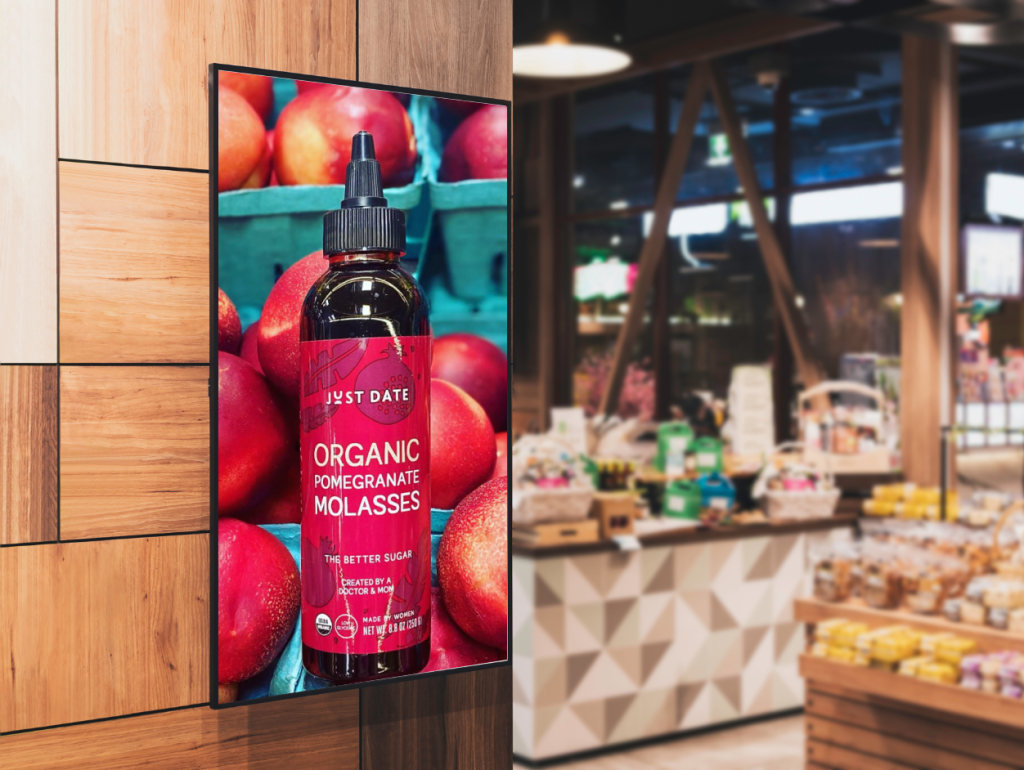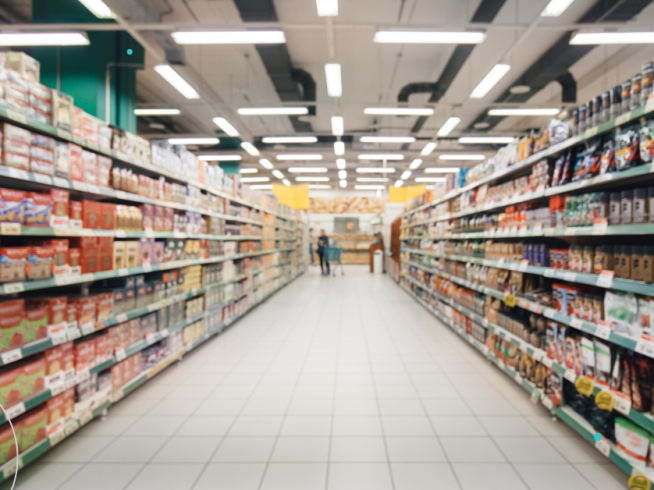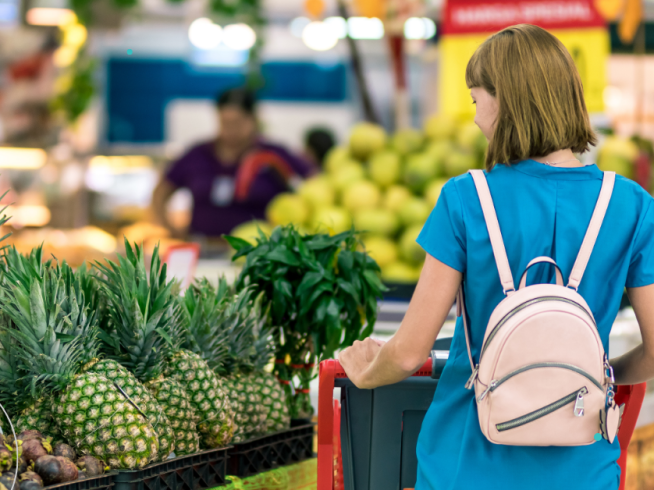Retail is shifting, and fast. One of the biggest forces behind that shift? The rise of retail media networks.
These platforms used to be a nice-to-have. Today, they’re a must. For CPG brands trying to win at shelf (both digital and physical), retail media is now a core part of any strong shopper marketing strategy. And with each retailer offering their own version of a media platform, it can be hard to keep track of what’s what and where to invest. Understanding how to make these networks work for your brand is no longer optional, it’s essential.
Let’s break it down.
Retail media networks are advertising platforms run by major retailers. They let brands buy ad space directly on the retailer’s owned channels, like their websites, mobile apps, and even digital screens in-store. It’s like Amazon Ads, but designed for the grocery world, with the added bonus of meeting shoppers right at the moment they’re making purchase decisions.

Walmart Connect
With Walmart’s massive footprint, this platform offers serious reach. But it’s not just about scale. Walmart Connect gives brands options across the shopper journey – from discovery to checkout.
How it works:
Walmart Connect offers self-serve and still some managed-service options through the Walmart Ad Center. You can run:
- Sponsored Search Ads on Walmart.com or in-app
- Display Ads across Walmart properties and third-party sites via The Trade Desk
- In-Store Ads via self-checkout screens, TV walls, and digital signage
What’s unique:
- Omnichannel reach – connects digital ads to in-store purchases at scale
- Closed-loop measurement through shopper data
- Access to Walmart DSP for off-site targeting
Good to know:
Campaigns should align with retail buyer timelines, especially when supporting new product launches.
Kroger’s 84.51°
What sets 84.51° apart? Data. Lots of it.
This is Kroger’s data science powerhouse. Thanks to their loyalty program, they know a ton about their shoppers, and that means you can target ads with incredible precision.
How it works:
Through Kroger Precision Marketing, brands can access:
- Sponsored Search Ads on Kroger.com
- Programmatic Display via your own DSP of choice
- Audiences built from loyalty data, past purchases, and shopping behaviors
- Post-campaign analytics and sales attribution
What’s unique:
- Accurate targeting across categories (e.g. natural snack buyers)
- Options for pre-built or custom audiences
- Detailed shopper insights – see who bought, when, and what
Good to know:
Success often depends on early collaboration with Kroger category teams and synchronized media planning.
Target Roundel
Target brings a curated touch to retail media. Roundel, their in-house media agency, offers data-driven ad placements that feel more native and premium.
How it works:
Brands can advertise across:
- Target.com and app
- Premium publishers and apps like BuzzFeed, Pinterest, and The New York Times
- In-store service hubs and custom campaigns
What’s unique:
- Offers keyword-first and product-first bidding
- Focus on quality content and premium ad environments
- Closed-loop reporting and omnichannel insights
Good to know:
Best suited for brands already on Target shelves or launching new SKUs that require velocity support.
Instacart Carrot Ads
Instacart isn’t a traditional retailer, but it’s now a key player for grocery and household CPG brands.
How it works:
With Instacart Carrot Ads, you can run:
- Sponsored Products
- Display Ads
- Shoppable video and digital coupons
- Custom Brand Pages
What’s unique:
- Retail-agnostic – serve ads across many grocers
- High conversion rates due to real-time shopping intent
- Fast optimization with on-the-fly campaign management
Good to know:
Smaller brands may face spend minimums or promotional limitations, especially after the Ibotta partnership in 2023.
Retail media networks are booming for a reason: they reach shoppers at the exact moment they’re deciding what to buy. That makes them fundamentally different from digital ads that are focused on upper-funnel awareness.
When used right, retail media helps CPG brands:
- Get discovered: Stand out on crowded digital shelves
- Drive sales: Influence decisions at checkout
- Learn fast: Track how digital behavior connects to purchases
Plus, retail buyers are expecting brands to show up with a full-funnel strategy, from ads to in-store support. Having a digital storefront presence is no longer optional, it’s the cost of entry.
Each retail media network operates differently, which means your strategy should adapt accordingly. The brands that see the most success are those that understand each platform’s strengths, tailor their campaigns to align with retailer goals and shopper intent, and stay flexible as the space continues to evolve. If you’re not seeing the results you hoped for, or you’re just getting started, it may be time to rethink your approach to digital retail advertising.




